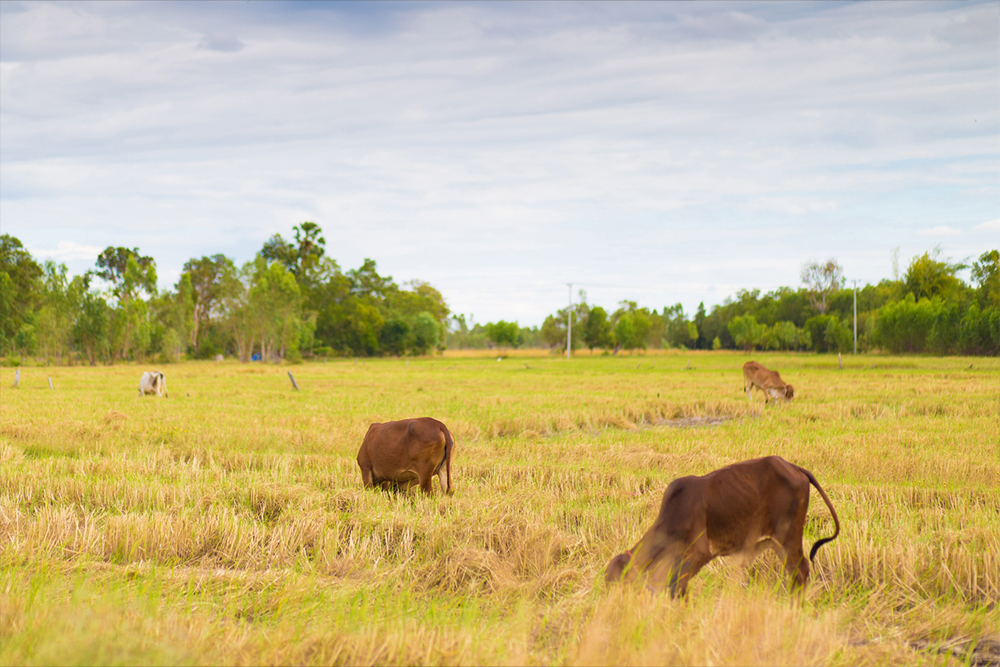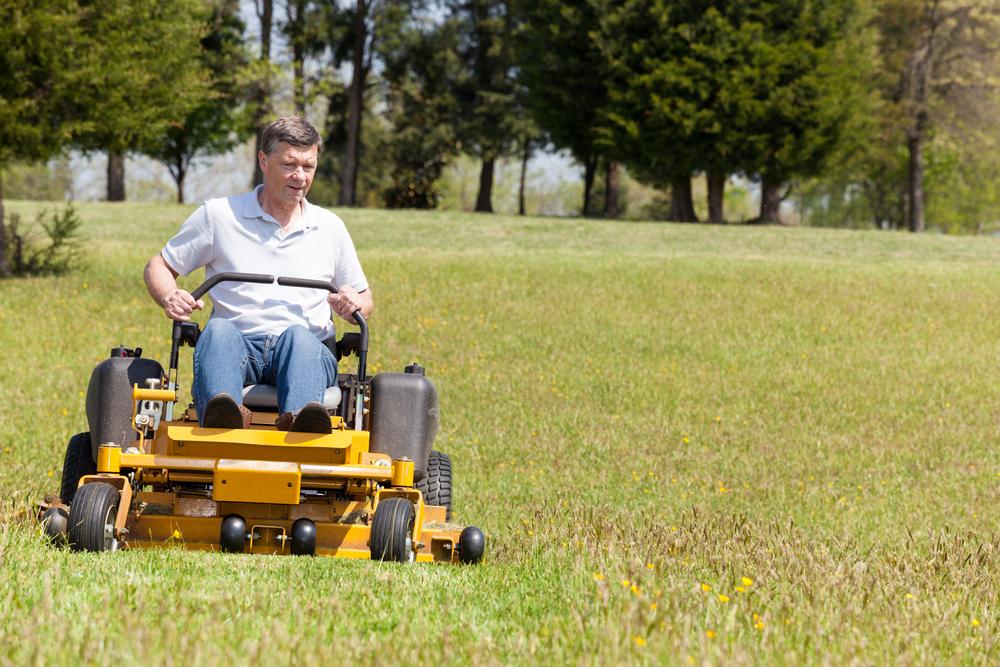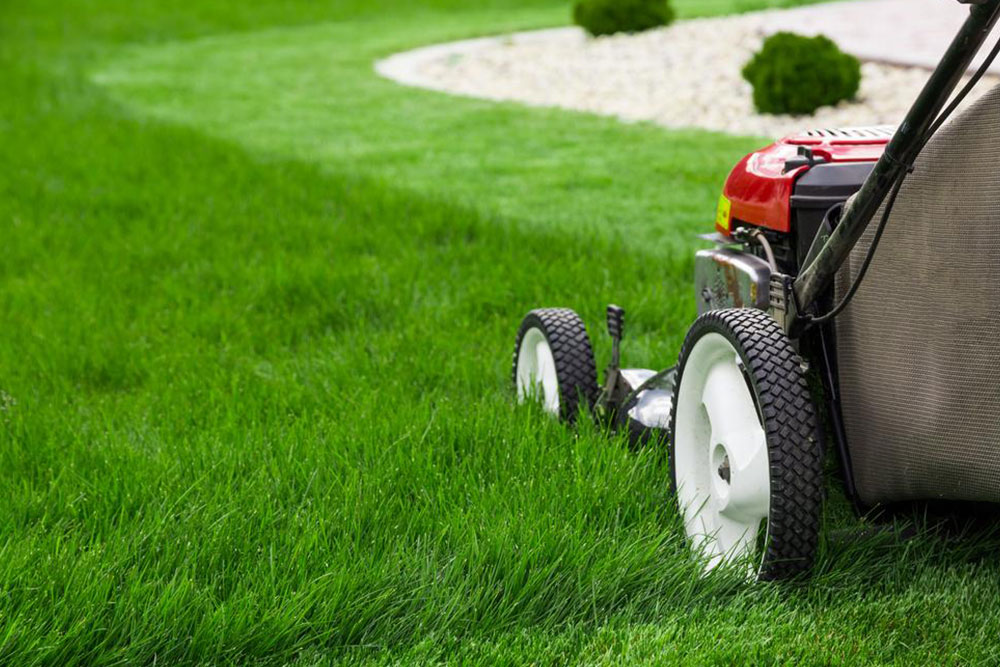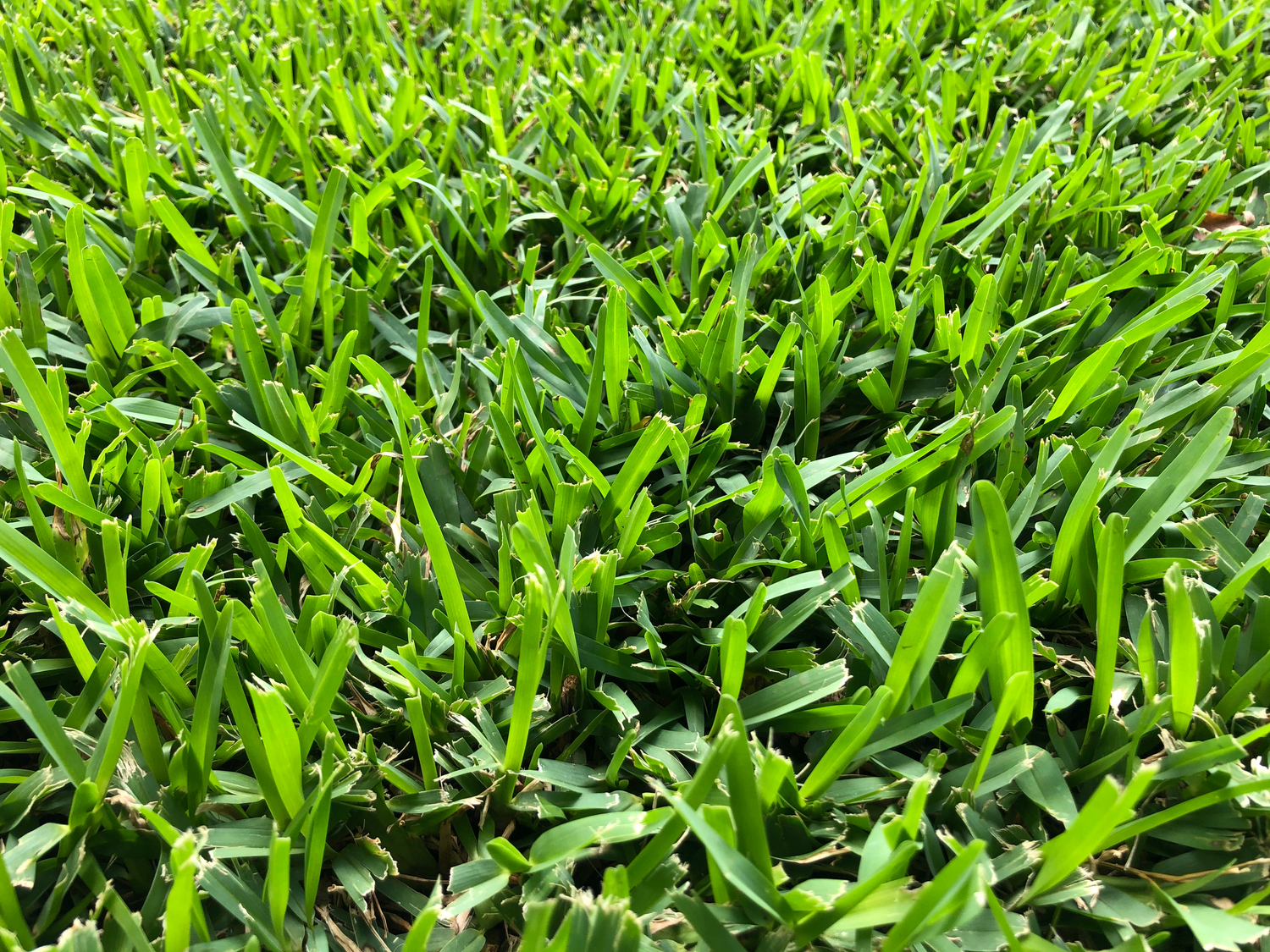Top Strategies for Reviving Brown Patches in Your Lawn
Learn effective techniques to repair and prevent brown patches in your lawn with proper soil testing, dethatching, aeration, weed removal, pest control, and overseeding. Ensuring balanced watering and soil nutrition promotes a vibrant, healthy lawn year-round.
Sponsored

Top Strategies to Restore Brown Patches in Your Lawn
Maintaining a vibrant, green lawn requires consistent care and attention. Sometimes, brown patches appear, diminishing the lawn's appeal and indicating underlying issues such as pests or poor soil health. Common causes include insufficient watering, heavy foot traffic, or excess thatch buildup. Fortunately, effective methods exist to eliminate these brown spots and rejuvenate your lawn.
1. Analyze Soil pH Levels
Healthy grass depends on proper soil pH. Testing the soil's acidity or alkalinity helps determine if adjustments are needed. Warm-season grasses thrive in acidic soils (pH below 7), whereas cool-season varieties prefer neutral to slightly acidic conditions (pH 6–7.2). Use a simple pH test kit, and amend the soil with sulfur-based fertilizers to lower pH or lime to raise it, based on your grass type.
2. Remove Thatch Layer
Excessive thatch—composed of dead grass and organic matter—can suffocate roots and promote disease. Dethatching clears this barrier, improving air, water, and nutrient flow to the grass beneath, helping patches recover quickly.
3. Aerate Compact Soil
Compacted soil prevents proper root development and limits airflow and water absorption. Aeration involves creating small holes to loosen the soil, often using spike or core aerators, fostering healthier root growth and vibrant grass.
4. Eliminate Weeds
Weeds like dandelions and clover deplete moisture and nutrients, weakening your lawn. Manually uproot weeds to prevent competition and nutrient loss, allowing your grass to thrive again.
5. Detect and Control Pests
Pests such as grubs can damage roots, causing patches to turn brown. Check for signs like off-white, C-shaped pests under turf. Control options include beneficial nematodes, milky spore treatments, or professional pest management.
6. Maintain Adequate Watering
Inadequate watering leads to dry, brown spots. Use sprinklers for consistent watering, ideally early mornings or late evenings, to reduce evaporation and ensure hydration.
7. Apply Nutrient-Rich Topdressings
Adding compost or topsoil enhances soil nutrients, promoting healthy grass growth. This process, known as topdressing, replenishes vital nutrients and encourages the recovery of brown patches.
Proper lawn maintenance—regular watering, aeration, weed control, and fertilization—helps prevent brown patches. Address issues early, remove debris, and mow routinely to maintain a lush, green yard that remains healthy and attractive.






